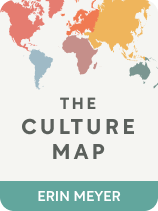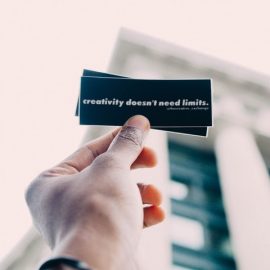

This article is an excerpt from the Shortform book guide to "The Culture Map" by Erin Meyer. Shortform has the world's best summaries and analyses of books you should be reading.
Like this article? Sign up for a free trial here .
What is dialectical thinking? Which cultures tend to think dialectically?
In dialectical cultures, people tend to focus on the overall situation. Instead of focusing on individual elements, they emphasize the relationships between individual elements. Dialectical thinking focuses on the big picture and the relationships between the different elements rather than the elements themselves (which is the prerogative of analytical thinking). According to Erin Meyer, the author of The Culture Map, the dialectical way of thinking is most prevalent in Asian countries.
In this article, we’ll look at how dialectical cultures think, according to cultural communication expert Erin Meyer.
Defining Dialectical Cultures
Dialectical thinking focuses on the big picture and the relationships between the different elements rather than the elements themselves (which is the prerogative of analytical thinking).
Meyer cites several studies by Professors Richard Nisbett and Takahiko Masuda that illustrate this discrepancy. In one study, they asked both Japanese and American people to “take a photo of a person.” Photos taken by Americans tended to be close-ups, while photos taken by Japanese people depicted much more of the background. When asked, the Japanese person thought that the Americans had taken a photo of a face, not a person. In contrast, the Americans thought that the Japanese had taken a photo of a room, not a person. (Shortform note: When we replicated this study informally, we got the same results: The American took a photo of the face, while the Japanese person took a full-body photo. When asked about her photo, the Japanese person said: “If I had to describe a person to an alien, how could I do so with just a close-up of the face? I need the full body.” This was not something the American had considered at all.)
In business, this focus on relationships is evident in longer responses to questions. People might present related information first before getting to their answers. As such, people from other cultures might find that dialectical thinkers are missing or unable to find the point. At worst, they might think dialectical thinkers are doing so deliberately.
According to Meyer, most Asian cultures think dialectically.
How Dialectical Thinking Develops
According to Meyer, cultures developed different ways of thinking due to the philosophies that dominated their culture.
She argues that the dialectical thinking of Asian countries derives from the Chinese philosophies that influenced them. Meyer states that Chinese philosophies tend to value harmony and balance between individual elements. Additionally, Meyer notes that Chinese philosophies don’t separate an act or object from the circumstances surrounding it. Rather, they consider both in concert.
She gives the example of the Chinese concept of yin and yang as support for both these ideas. Yin and yang are related to balance because they represent how dueling concepts like light and dark can actually be complementary. But they’re also related to holistic thinking because they must both exist—one can’t exist without the other.
(Shortform note: Although Meyer notes that yin and yang were developed by Taoists and influenced Confucian philosophies, she doesn’t mention that each philosophy favored a particular element of the yin-yang duality. The Taoists, whose philosophy emphasized seclusion, preferred the feminine yin, while Confucianism, which is primarily focused on the relationships in public life, favored the masculine yang.)

———End of Preview———
Like what you just read? Read the rest of the world's best book summary and analysis of Erin Meyer's "The Culture Map" at Shortform .
Here's what you'll find in our full The Culture Map summary :
- The eight axes you can use as a framework to analyze cultural differences
- How to better relate to those of another culture to accomplish business goals
- How the Vikings have more gender equality than we see today






